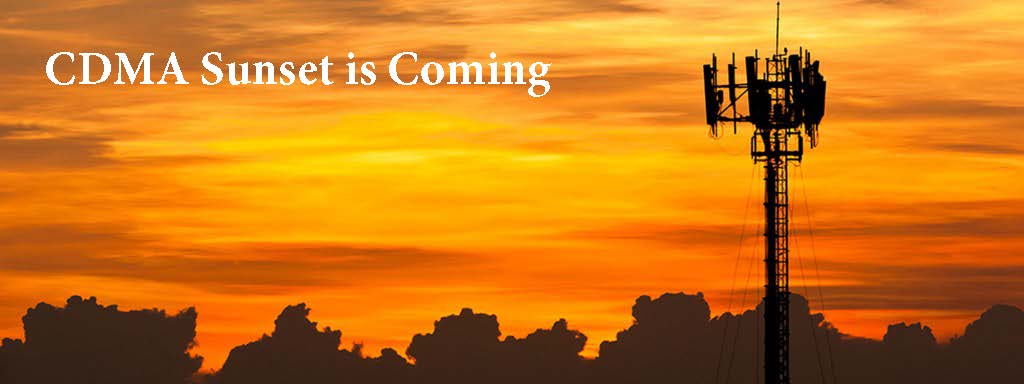When selecting a remote monitoring solution, the type of transmission matters. While there are both cellular and satellite options available, the final decision is not entirely so cut and dry. Once your organization has decided to go with cellular monitoring, you will still have to choose between a few different cellular systems: 3G/4G and LTE are the more current systems in 2018.
If you already have monitors in place, you may have been using 2G or 3G/4G without much issue. Moving forward, though, the impact of choosing any particular system can be significant. Because 3G/4G monitors have been around longer, they are typically less expensive than LTE. However, the benefits of choosing LTE for remote monitoring are enormous, and we want to cover them now.
These facts about cellular options should help you decide whether to use LTE for remote monitoring when 3G/4G is still available. In fact, Verizon will stop activating 3G CDMA devices after June 30th, 2018.
3G/4G will soon become obsolete, so installing LTE means a longer-lasting product and fewer changes
As technology becomes older, superior options come to the market. And while it is possible to support both the old and new technology, it becomes expensive and limiting for cellular carriers to support the old systems. For example, 2G cellular became completely obsolete in 2017, and teams relying on remote monitors with 2G transmission were forced to move forward.
But moving forward to 3G/4G could be a wasted move. Carriers plan to make that systems obsolete long before LTE, meaning that choosing 3G/4G will lead to changing again to LTE down the road. The purchase cost, manpower, and inconvenience of making two changes instead of one may outweigh the short-term gain of a less expensive unit.
LTE is superior technology, meaning a better experience with your monitors
Cellular companies are making the switch to newer technologies because they are better; it is not just a move to inconvenience folks working on older systems. But what kind of benefits do you, the end user, actually see?
LTE pushes more data across the airwaves in less time. This means that important firmware updates for your remote monitoring units finish faster, and the wait time between an alarm occurring and then reaching you decreases. Even when you simply want to see the live status of your monitors, you reduce latency with LTE.
For the most part, LTE also picks up a better signal for less total downtime than older options. Increased speed and reliability may seem marginal when you are already happy with the coverage you get, but once you experience an improvement, it is often hard to imagine living without the newer technology.


